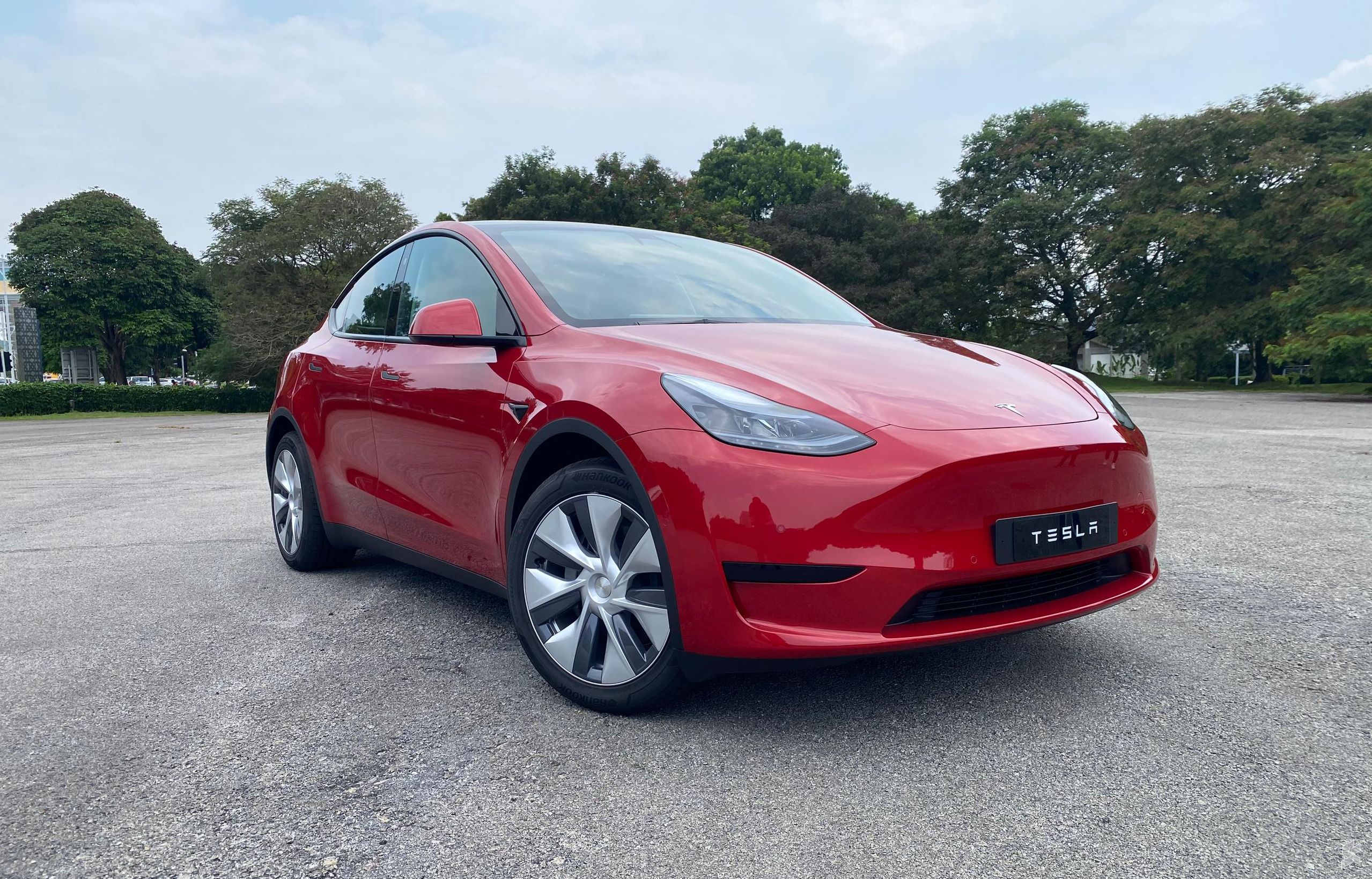It’s still hard to believe that Tesla is here in Malaysia. If you had told me this time last year that you’d be able to buy a car from the world’s preeminent electric vehicle maker through official channels, I’d have laughed you out of the room.
But that’s the situation we found ourselves in. The Model Y SUV made its local launch last month, and what’s even more surprising is that the starting price is under RM200,000. This not only initiated a fire sale among grey importers, but it’s also had other car companies quaking in their boots. Has all that hype been justified? Tesla Malaysia let us loose for a short drive in the Model Y, giving us a first taste of what it would be like to own one.
First of all, the pricing Tesla lists for the Model Y is a little misleading. The base model may start at RM199,000, but that’s only for the car itself. Add on the delivery and admin fees, number plate fee and the RM1,000 order fee and this figure jumps to RM200,700—and that still does not include the on-the-road registration fees.
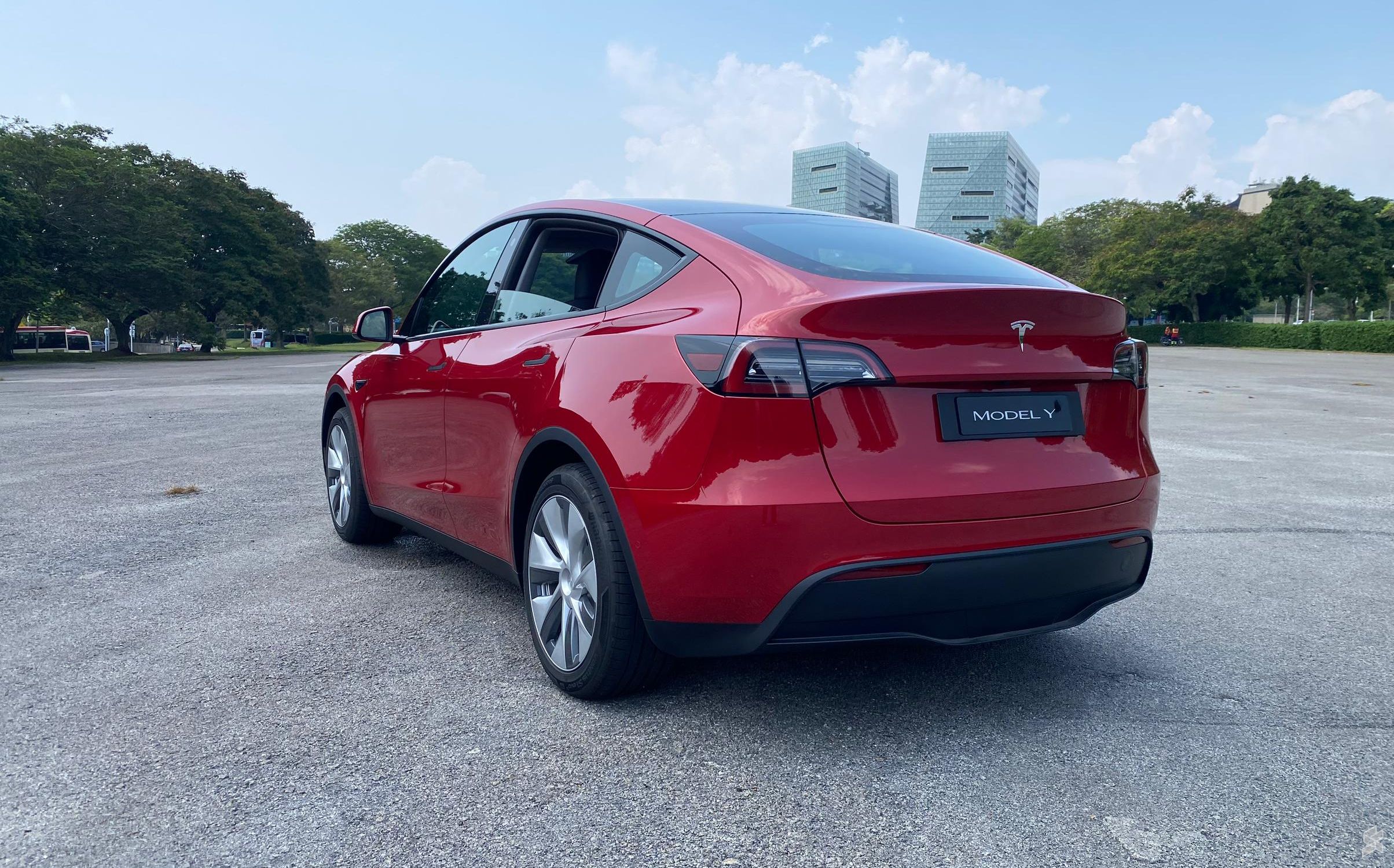
Anyway, this figure is for the car you see here, the entry-level rear-wheel-drive model. The Long Range all-wheel-drive variant costs RM247,700, while the Model Y Performance bumps that up to RM289,700. There are also plenty of very expensive options, including this RM10,000 red paint and a RM32,000 Full Self Driving pack

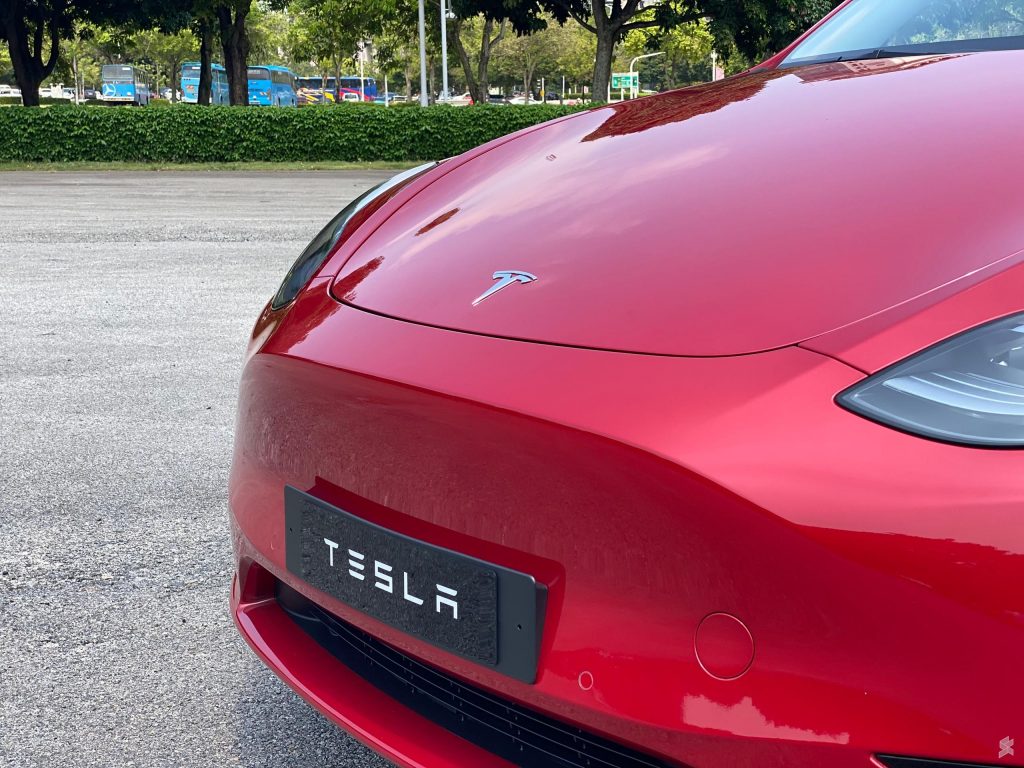


The Model Y is hardly a new car in the grand scheme of things. Unveiled back in 2019, it reached buyers’ hands a year later and quickly racked up the sales that Tesla—which Elon Musk once said was “about a month” away from bankruptcy—so desperately needed. In the first quarter of this year, the Model Y became the bestselling car in the world, unseating the venerable Toyota Corolla.
Like Apple with its top-selling iPhone, Tesla has been able to achieve this with a car that, while reasonably priced for what it is, certainly isn’t cheap, at least not compared to the Corolla. At first, it’s hard to see why—the Model Y isn’t exactly a looker, with a frumpy too-tall body and a featureless front end. It’s the same story on the inside, where you’ll find a cabin so barren of design touches and controls that you wonder how it’s possible to operate anything.
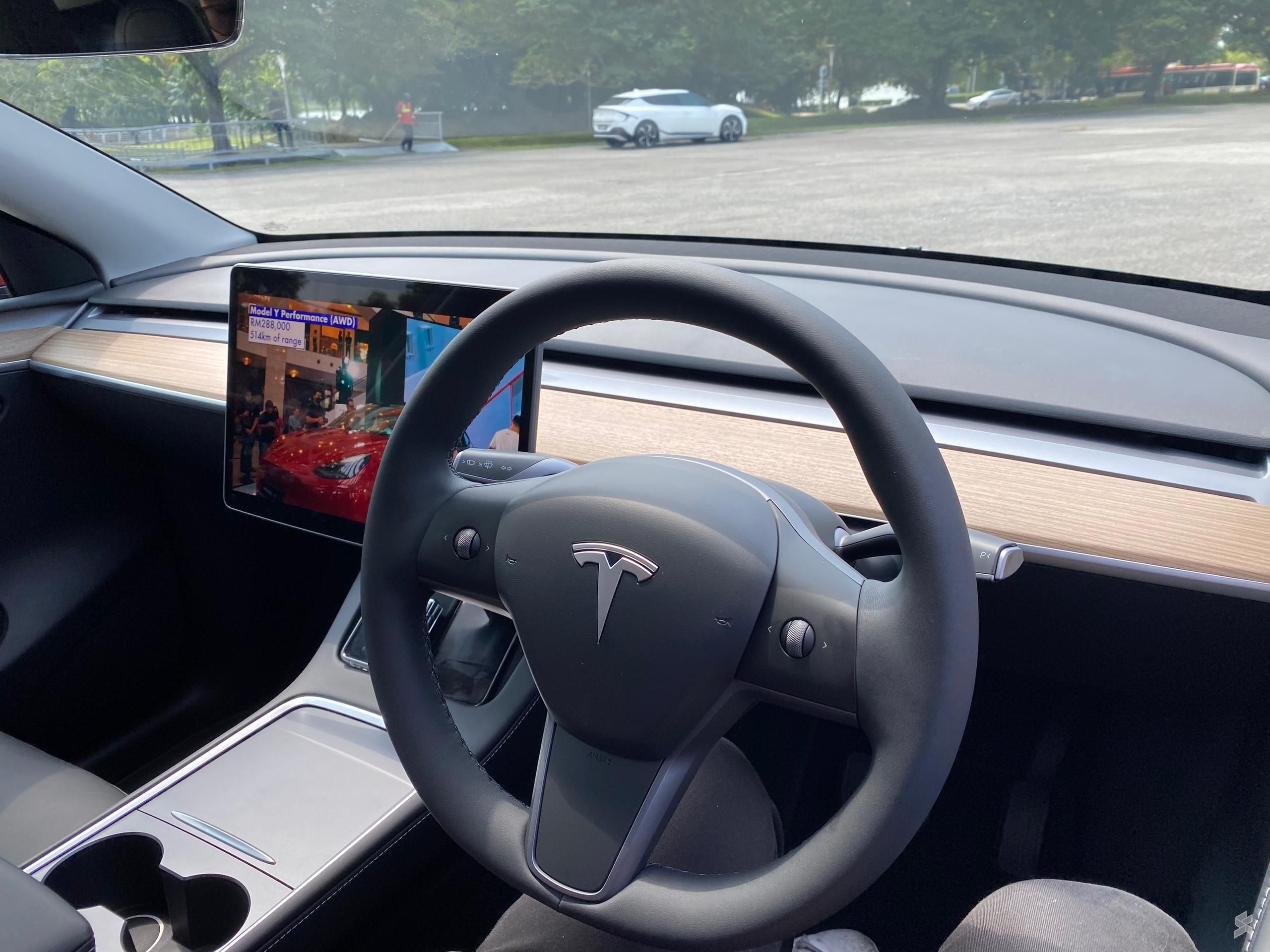
Everything is controlled by the 15-inch touchscreen, and I mean everything, not just the trivial stuff like the air-con controls. Want to move the air vents? Touchscreen. Need to adjust the mirrors and steering wheel? Touchscreen (and the steering wheel buttons). Even opening the glovebox requires a swipe and a prod on the display.
Normally, that would be a recipe for disaster, but spend some time with the interface and you’ll quickly find it second nature, with everything placed within easy reach and laid out in a natural manner. More importantly, Tesla hasn’t shied away from giving the Model Y some serious hardware, with the latest third-generation Media Control Unit (MCU 3) featuring an AMD Ryzen CPU. There’s no discrete RDNA 2 GPU like the more expensive Model S and Model X, however, so you won’t be able to play games on Steam on it. Sorry guys.
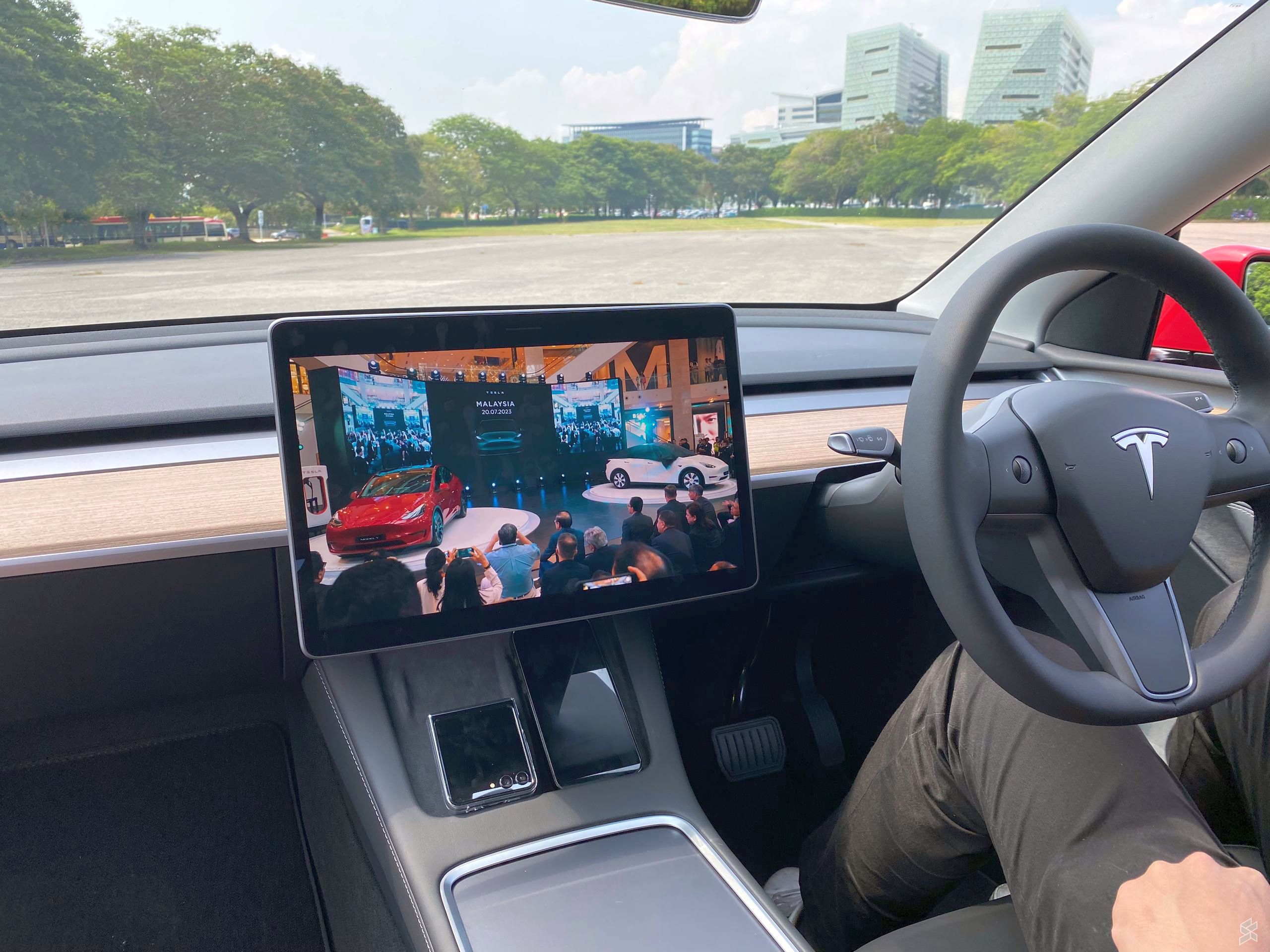
You are still able to run a bunch of built-in games, along with all the usual fun Tesla stuff. You can play a light show, sing using Caraoke and even use the infamous (and incredibly juvenile) Emissions Testing feature. And if all that fails to amuse you, you can keep yourself entertained by watching Netflix, Disney+ or YouTube when you’re stationary. On the move, you can stream music through either Spotify, Apple Music or Tidal built-in.
Above all, the infotainment system just works. No, you don’t get Apple CarPlay or Android Auto, but the Model Y does come with a comprehensive navigation system based on Google Maps (and yes, it all works well in Malaysia), and Tesla is well known for supporting its cars with over-the-air software updates long after they have left the production line. There are also plenty of thoughtful touches, such as the Dog Mode that leaves the air-con on for a pet while you pop out to the shops, even if the lack of a proper instrument cluster does still infuriate.

The other thing that strikes you about the Model Y’s interior is just how much space is inside that uninspiring-looking body. The upright glasshouse not only frees up a huge amount of headroom (in spite of the elevated seating position) but also affords excellent visibility—it feels like you’re driving around in a bubble. You also get lots of useful cubby holes and dual Qi wireless chargers, though other carmakers are starting to offer larger storage spaces for things like handbags.
But it’s at the back where you really get a feel for the car’s roominess. Even next to the latest crop of Chinese EVs, the Model Y is commodious, with the most notable feature being the amount of space underneath the high-mounted front seats. And thanks to the flat floor and the deeply-scalloped centre console, even the often-ignored middle passenger gets bags of legroom, making the Tesla a true five-seater.
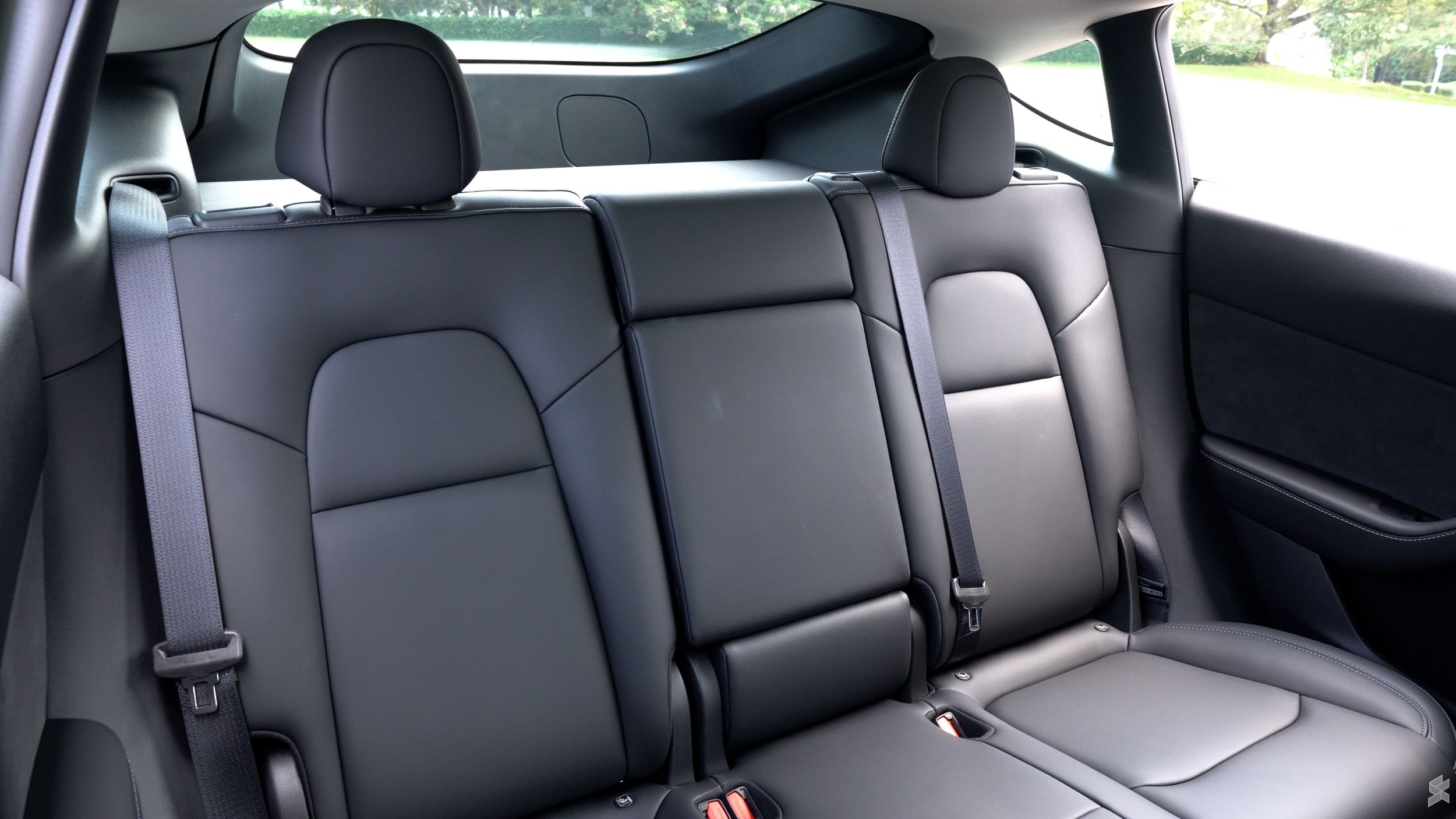
Luggage space is also excellent at 854 litres, although Tesla has cheated by measuring its boot up to the roof, so it’s not quite possible to compare it to other vehicles. More impressive is the sheer amount of underfloor storage, which is almost akin to a second boot—there’s space not only for your charging cables but even a whole weekender bag. Then there’s the 117-litre front boot, which is bigger than practically any other EV on sale right now. The only nitpick I could find with the Model Y in this respect is the lack of a hands-free tailgate.
We were only given a few hours with the car, a lot of which was spent shooting it for video, so there really isn’t much that can be gleaned about the way the Model Y drives. But from what I could tell, the RWD car was quick but not absurdly so, which is to be expected given the 6.9-second zero-to-100km/h acceleration time.
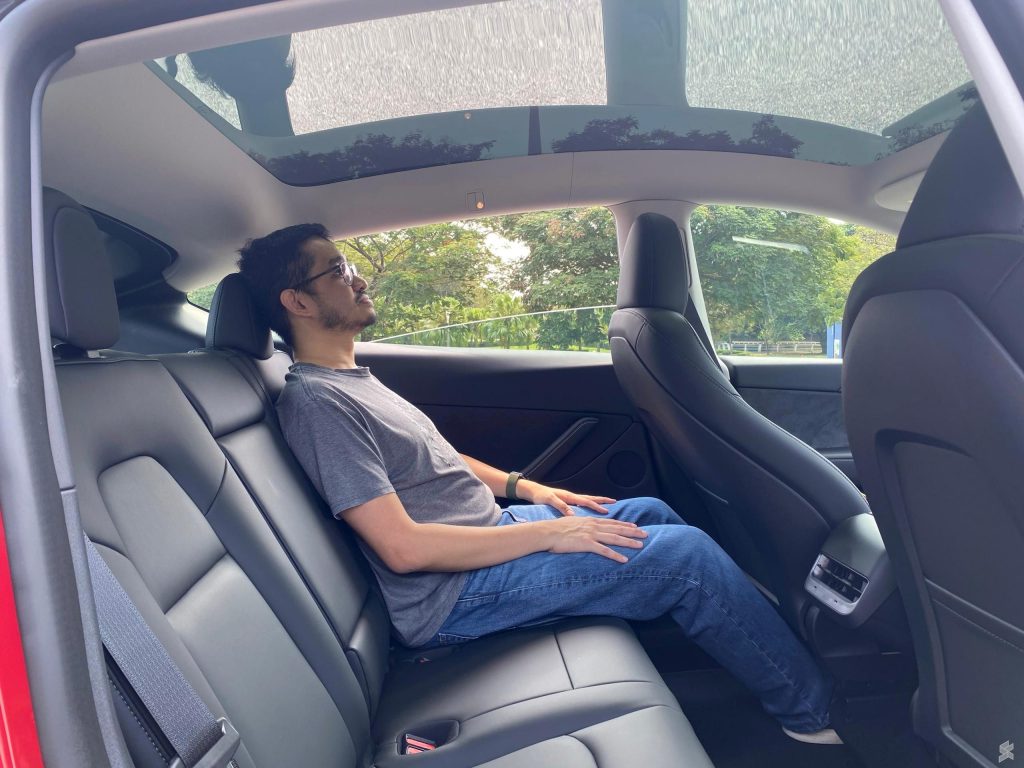


If you want to go faster, the all-wheel-drive Long Range model slashes this figure to five seconds flat, while the Model Y Performance takes just 3.7 seconds to complete the century sprint; the latter also boosts top speed from 217km/h to 250km/h. Range figures are quoted at 455km for the RWD model, 533km for the Long Range and 514km for the Performance, all on the WLTP cycle. To maximise efficiency, the car delivers strong regenerative braking as standard. There are options to toggle the stopping mode between hold (which enables one-pedal driving), creep and roll from the touchscreen, but you can’t reduce or eliminate regen altogether.
One of the most surprising aspects about the way the Model Y drove is just how much road noise was entering the cabin even at speeds as low as 80km/h, likely due to the meaty 255mm-wide Hankook Ventus S1 Evo 3 EV tyres. I also heard what I thought was some wind noise, before realising that was the sound of the automatic air-con. Actual wind noise was relatively low, thanks to the double-glazed windows.
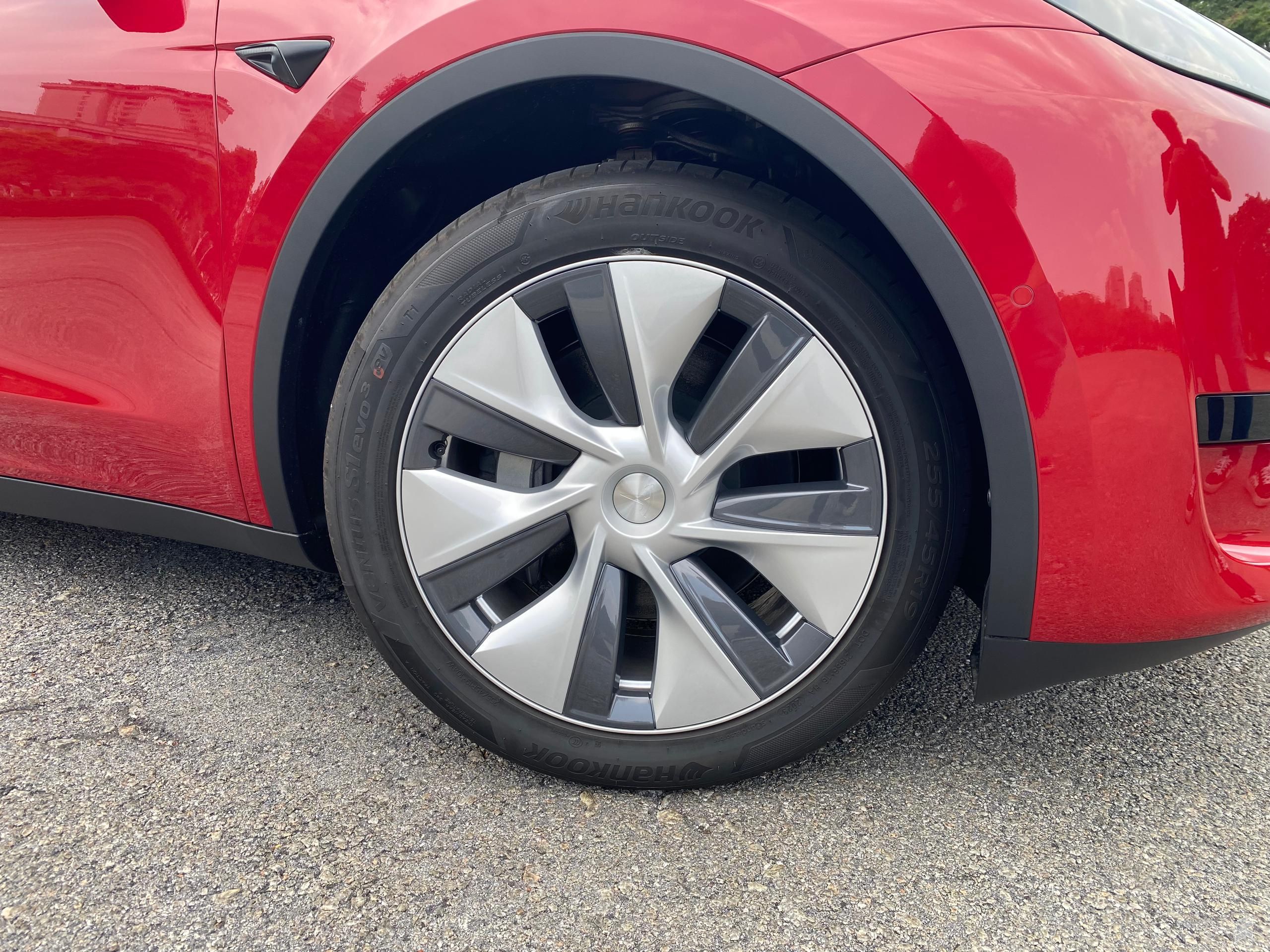
As for the ride, the Model Y was a little firm, as is the case with many electric vehicles out there. But it still retained a decent amount of comfort, which was a surprise given that the UK-spec model my colleague Alex drove was apparently very stiff. The flip side was that the Tesla exhibited a curious lack of body control, bouncing around enough over mid-corner bumps to upset its balance. The sharp steering was about the only thing that marked the Model Y out as anything other than a big barge.
Ultimately, the Tesla ownership experience is less about how the car drives and more about the ecosystem you’re buying into. The company’s Supercharger network is legendary in terms of its speed and reliability, and if you go to the Tesla website now, you can already find 14 DC chargers that will be built across the Klang Valley and the east coast.
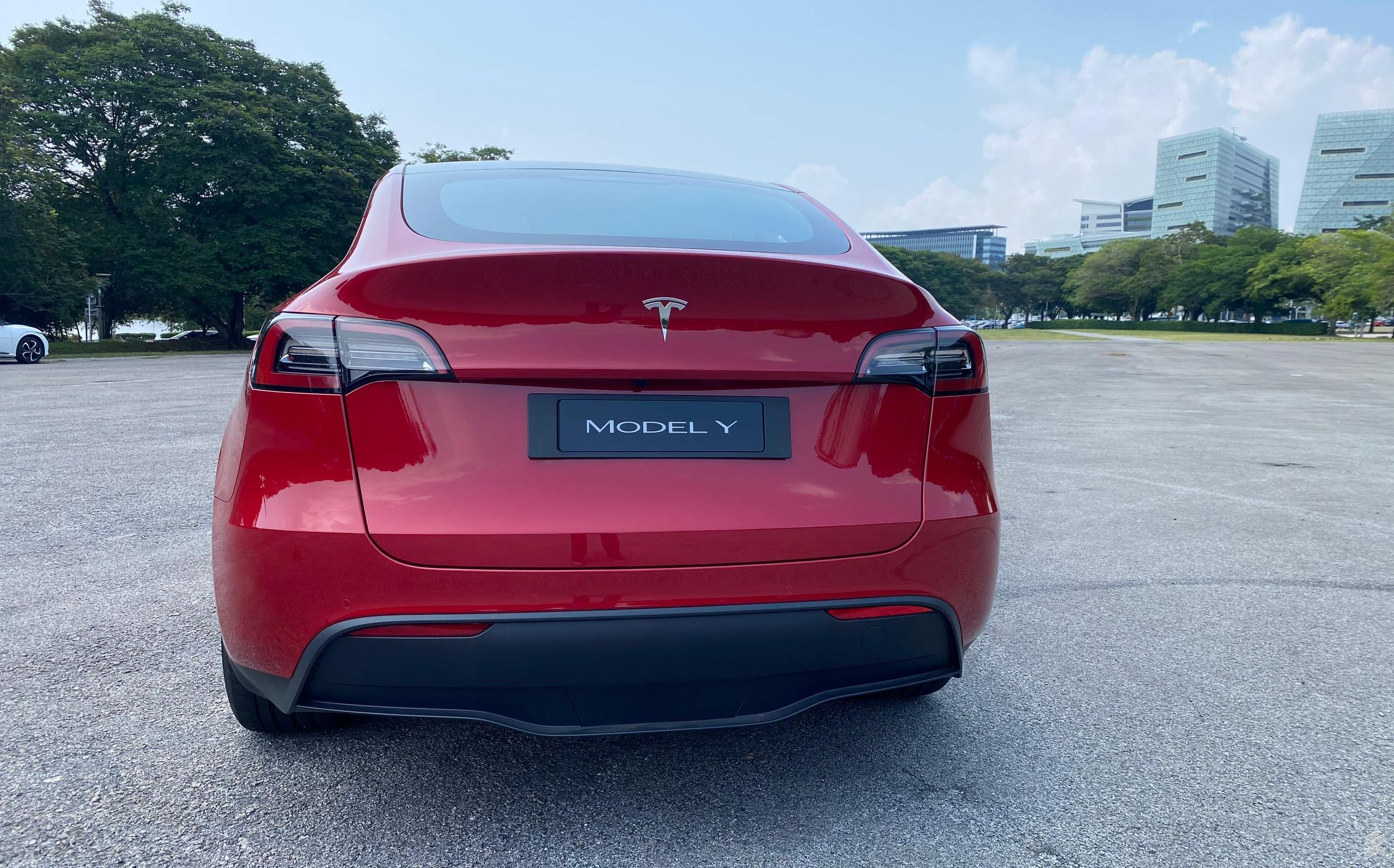
The company is also building Destination Chargers in hotels and restaurants that will use slower AC chargers, allowing you to park up for a few hours or overnight. And if you place an order before November 1, you’ll get a free Tesla AC charger for your home as well.
Like Apple, Tesla wants to control all aspects of the user experience. It not only owns the Superchargers, it also makes them in-house. It also provides its own approved installers for home charging, and if you want to buy the car, you’ll have to do so online through Tesla’s website. Physical Tesla Experience Centres are on the cards in the near future, but they won’t be dealers in the traditional sense.
Another quirk of buying a Tesla is that you’ll have to pick the car up in KL yourself. That’s not such a big deal if you live around here, more so if you’re in another state. You can get it delivered to you if you’re too far away—say, in East Malaysia—but you will have to bear the delivery costs yourself. This is one of the key reasons why Tesla has been able to price the Model Y this cheap.

All in all, then, the Model Y is more impressive for the amount of technologies, services and sheer space it offers than the way it drives. That does not mean it drives terribly—far from it, in fact—but its road manners aren’t head and shoulders ahead of the competition, and other carmakers have caught up with Tesla in terms of performance and range.
However, the Model Y’s advantages are truly unique in the segment; in particular, it offers vastly more boot space than anything else on the market and the reliability of the Supercharger network will almost certainly be a game changer—when it’s all fully done up, of course. And of course, it’s hard to overlook the kudos of the Tesla badge. We can’t wait to take the Model Y for a longer test drive.
===
You can check out the Tesla Model Y yourself at Level 3, Pavilion Kuala Lumpur from now until October 31.
Editor’s Note: Added details about the Model Y’s stopping mode.

